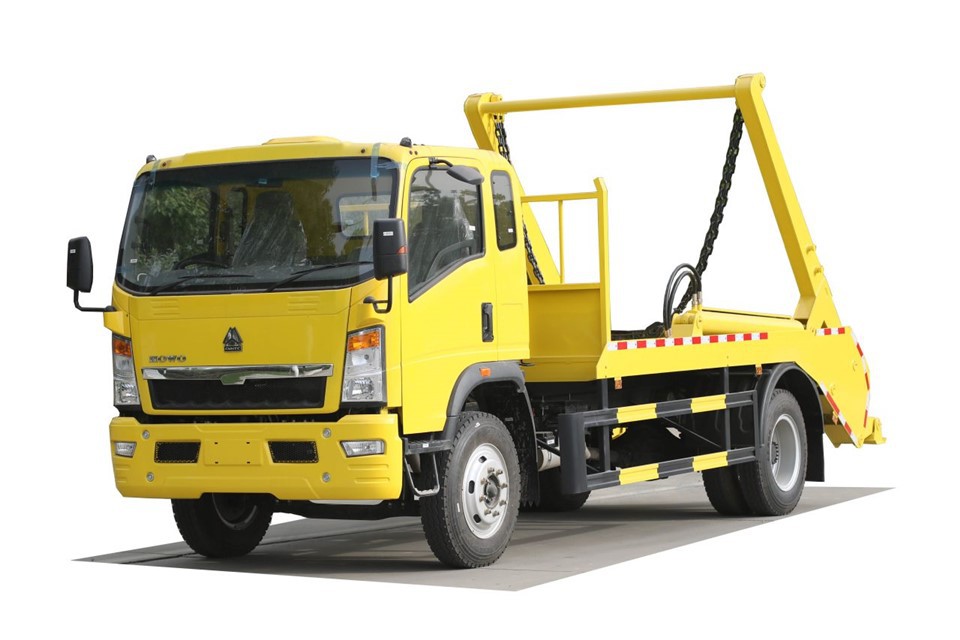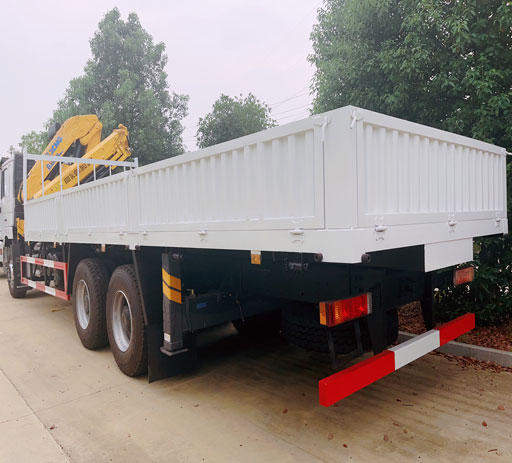Understanding Tote Tippers: The Ultimate Guide

Introduction to Tote Tippers
Tote tippers, also known as tote dumpers or tote lifters, are essential machines used in various industries for transferring materials from storage containers, known as totes, to different locations for processing or disposal. These machines are particularly valuable in manufacturing, distribution, and agricultural sectors. With the ever-increasing demand for automation and efficiency, understanding tote tippers is crucial for businesses seeking to improve their operations. This article will delve deep into the functionality, types, benefits, uses, and best practices regarding tote tippers, ensuring that you get all the insights needed to utilize this equipment effectively.
What is a Tote Tipper?

A tote tipper is a mechanical device designed to tip a tote container at a predetermined angle, allowing for the controlled and efficient unloading of materials. The operation can either be manual or powered, with powered tote tippers often using hydraulics or electric motors to facilitate the tipping process.
Key Components of a Tote Tipper
- Base Frame: Provides stability and support for the device.
- Measuring System: Ensures that the tote is tipped to the correct angle.
- Controls: Typically consists of buttons or levers to operate the machine.
- Tipping Mechanism: Can be hydraulic arms or pivot points that perform the actual tipping.
- Safety Features: Includes guards and emergency shut-off options.
How Does a Tote Tipper Work?
The operation of a tote tipper begins with placing a tote on the machine’s platform. Once secured, the operator activates the tipping mechanism, which tilts the tote at a specific angle. Gravity then aids in discharging the contents of the tote while minimizing spillage. Most machines feature adjustable settings to accommodate different tote sizes and materials.
Types of Tote Tippers
There are several types of tote tippers available in the market, each designed for specific needs and functionalities.
Manual Tote Tippers
Manual tote tippers require an operator to physically tip the container. While they are typically less expensive, they can be labor-intensive and may pose safety risks.
Electric Tote Tippers

Electric models are powered by electric motors, allowing smoother operation and reduced manual labor. These machines are more suitable for repetitive tasks in high-volume environments.
Hydraulic Tote Tippers
Hydraulic tote tippers use hydraulic systems to increase efficiency and precision. They are ideal for heavy-duty applications where a large volume of materials needs to be tipped regularly.
Mobile Tote Tippers
Mobile tote tippers are designed to be easily moved around a facility. These are typically equipped with wheels or tracks, making them versatile for various industrial applications.
Benefits of Using Tote Tippers
Utilizing tote tippers offers numerous advantages for industries handling bulk materials. Here are some key benefits:
Improved Efficiency
Tote tippers significantly increase the speed of material handling processes. They help in reducing the time taken to unload materials compared to manual unloading.
Enhanced Safety
Using tote tippers minimizes the risk of injuries associated with manual handling. Worker safety is paramount, and these machines help reduce strain and the possibility of accidents.
Consistent Material Flow
Tote tippers ensure a consistent flow of materials. This is crucial in manufacturing processes where timing and precision are key.
Cost-Effectiveness
Though there is an initial investment, tote tippers can lead to significant long-term savings by improving efficiency and reducing labor costs.
Space Optimization
Tote tippers help optimize workspace as they allow for the unloading process to be contained in a smaller area compared to manual unloading setups.
Common Industries Utilizing Tote Tippers
Tote tippers play a vital role in various industries. Here are some sectors that frequently utilize these machines:
Manufacturing
In manufacturing, tote tippers are often used to feed raw materials into production lines, improving speed and efficiency.
Agriculture
Agricultural industries use tote tippers for handling grains, chemicals, and fertilizers, making the process faster and safer.
Pharmaceuticals
In pharmaceutical manufacturing, precision and cleanliness are key. Tote tippers help in maintaining hygiene while efficiently managing materials.
Food Processing
Food processing facilities utilize tote tippers to handle large volumes of ingredients while adhering to safety and sanitation standards.
Choosing the Right Tote Tipper
Selecting the appropriate tote tipper is crucial for ensuring efficiency and safety. Here are some essential factors to consider:
Capacity Requirements
Determine the maximum load the tote tipper will need to handle. Matching the machine’s capacity with your operational needs is essential for efficiency and safety.
Power Source
Evaluate the power source—manual, electric, or hydraulic—that fits your operational setup. Each type has its pros and cons based on workload and environment.
Space Availability
Consider the space available in your facility. Mobile models may be ideal for smaller spaces, while larger operations might benefit from fixed systems.
Safety Features
Ensure that the tote tipper has the necessary safety features, including emergency stop functions and guards to protect workers during operation.
Budget
Research and compare different models to find a tote tipper that fits within your budget while meeting the necessary specifications for your operation.
Best Practices for Operating Tote Tippers
To maximize the utility of tote tippers, adhere to the following best practices:
Regular Maintenance
Conduct routine maintenance checks to ensure that all components are functioning correctly. Regular servicing can prevent unexpected breakdowns.
Training Operators
Properly train operators on the correct use of the tote tipper to minimize accidents and ensure smooth operation.
Load Capacity Monitoring
Always adhere to load capacity guidelines to prevent damage to the equipment and ensure safe operations.
Follow Safety Protocols
Implement strict safety protocols, including using safety gear and conducting risk assessments for any potential hazards.
Document Operational Procedures
Have documented operational procedures accessible for all staff to ensure consistency during the operation of tote tippers.
Maintenance Tips for Tote Tippers
Proper maintenance plays a crucial role in extending the lifespan of tote tippers. Consider these essential maintenance tips:
Routine Inspections
Regularly inspect components such as hydraulic hoses, seals, and electrical connections for wear and tear.
Lubrication
Keep moving parts well-lubricated to reduce friction and prevent wear. Refer to the manufacturer’s guidance for appropriate lubrication points.
Cleaning
Ensure the tote tipper is clean from debris or materials that could impede its functionality. Proper cleaning also prevents contamination in food and pharmaceutical industries.
Record Keeping
Maintain records of maintenance activities, inspections, and any repairs performed on the machine for accountability and tracking efficiency.
Common Challenges Faced with Tote Tippers
While tote tippers increase efficiency, there are common challenges that can arise:
Operator Training
Insufficient training may lead to improper use and increase the risk of accidents. Ensuring that operators are well-trained is essential for safety.
Mechanical Failures
Like any machinery, tote tippers may experience mechanical failures. Addressing issues promptly and conducting regular maintenance can mitigate this problem.
Space Constraints
Lack of space may limit the effectiveness of tote tippers, requiring businesses to consider alternate handling systems.
Frequently Asked Questions (FAQ)
What is a tote tipper used for?
A tote tipper is used to safely and efficiently tip storage totes for unloading materials in various industries.
Can tote tippers handle different tote sizes?
Yes, many tote tippers are adjustable and can accommodate different tote sizes depending on the design of the machine.
Are there safety features built into tote tippers?
Most tote tippers come equipped with various safety features, such as guards and emergency stop options, to ensure operator safety.

How often should tote tippers be serviced?
Routine inspections and maintenance should typically occur every six months or as specified by the manufacturer to ensure optimum performance.
Can I use tote tippers in outdoor environments?
While some tote tippers are designed for outdoor use, it’s essential to check the specifications to ensure they can withstand environmental conditions.
What kind of materials can tote tippers handle?
Tote tippers can handle a wide range of materials, including grains, liquids, chemicals, and more, depending on their design and construction.
